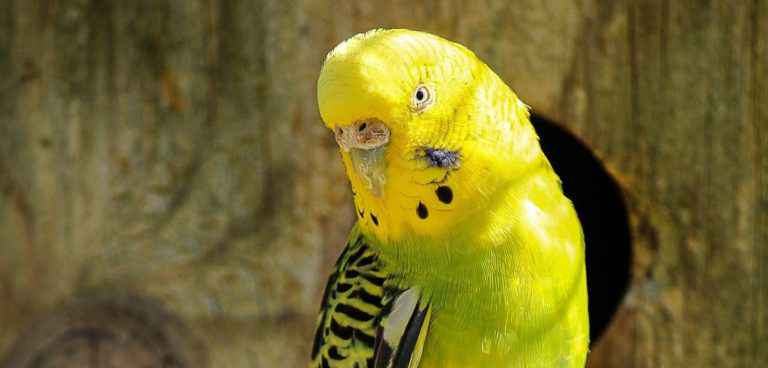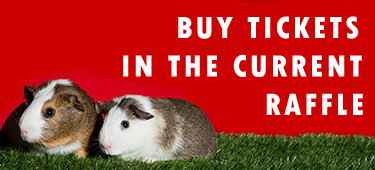- Home
- Who Are We
-
-
Who are we
Explore RSPCA Darwin’s facilities, see our annual report and policies, and view our job vacancies.
-
-
-
-
-
Make a difference in an animal’s life today!
-
-
-
- What We Do
-
-
What we do
Discover RSPCA Darwin’s adoptions, community programs, education, training and veterinary services, plus learn about animal care, safety and welfare.
-
-
-
-
-
Make a difference in an animal’s life today!
-
-
-
- Caring for Animals
-
-
Caring for Animals
“Discover best practice ways to look after your pets, and services which can help you provide for your pet no matter the circumstance.”
-
-
-
-
-
Make a difference in an animal’s life today!
-
-
-
- How You Can Help
-
-
How you can help
Make a lifesaving difference to animals by becoming a foster carer, donating, fundraising, joining an event, volunteering and more.
-
-
-
-
-
Make a difference in an animal’s life today!
-
-
-
- What's On
-
-
What’s On
“Discover fun ways to help RSPCA Darwin, by coming to events, being a part of campaigns or utilising our services”
-
-
-
-
- Our Supporters
- Contact
Caring for Animals
Care for Animals
For many Australians, pets are important members of the family, but they are a big responsibility. If you decide you have room for a pet in your life and can provide them with the care and attention they deserve, then consider adopting a forever friend from RSPCA Darwin.
Choosing the right pet is an enjoyable process, but takes time, planning and plenty of research. You need to carefully consider the needs of both yourself and of any animal who comes into your life. Here at RSPCA Darwin, we are often left with the aftermath of impulse purchases so are very happy to assist you in your process of choosing the right pet for your family and lifestyle.
Owning a Pet
Pets really can make us physically and mentally healthier. They make great caregivers, and keep us company when we’re sick or feeling down. They can make us feel safe while we’re home alone and keep an eye on the house while we’re out.
In return though, it is your responsibility as a pet owner to thoroughly research the basic requirements of your chosen pet. And it’s important to do this before bringing your pet home so that you are well informed about the specific needs of your new pet. RSPCA Darwin highly recommends looking for a comprehensive book about your chosen species or breed, and consulting with an animal health professional.
It’s also important to understand that owning a pet is a lifelong commitment. Depending on breed, health and lifestyle, cats can live for 15-20 years, dogs for 10-20 years and birds for up to 80 years.
Companion animals thrive on human company and will always depend on you. You should also consider:
- your working hours
- your social life
- the time you spend away from home, including holidays
- whether you are prepared to walk a dog every day
- whether you are home often enough to keep a cat company
- who will care for your pet when you are away from home
- Pets also need to be:
- fed and watered
- given access to appropriate shelter when in the yard
- groomed and bathed
- played with and entertained
- walked and exercised
Dog Care
Keeping a pet dog is a huge commitment and responsibility. To stay happy and healthy, dogs need a balanced diet, daily exercise (usually a minimum of 30-60 minutes of dedicated exercise each day – being loose in a yard is not an alternative), shelter, training and veterinary care.
When bringing a new dog into your home, there are many things you will need to consider. A good place to start is by taking your dog to the veterinarian to ensure their vaccinations are up to date and to discuss the basics of dog care.
It is also important to put regular patterns and routines in place. This may involve allocating different responsibilities to different members of the family.
Our dog care section provides expert advice, including information on:
- bathing and grooming
- breed concerns
- housing
- identification
- nutrition
- training
- veterinary care
Cat Care
Cats have been our companions for centuries and our interaction with them has continued to develop. Along with our understanding of their needs, we have also seen the benefits of having cats as pets.
Owning a cat can be one of the most rewarding experiences, but it’s important that you have the knowledge and ability to care for your feline friend.
You must ensure your cat is given annual health checks, proper exercise and mental stimulation, and a well-balanced diet. Our cat care section provides expert advice on everything, including:
- bathing and grooming
- housing
- identification
- nutrition
- veterinary care

Birds
Pet birds make excellent companion animals, but must be properly cared for, and provided with an interesting and spacious environment. To keep your pet bird fit, happy and healthy, they’ll need time for free flight within a safe, enclosed environment.
Vocalisations are just one way in which birds communicate. Your bird will also use body language to tell you how they’re feeling. For example, they might lean away and flatten their feathers close against their body to try and let you know that they don’t want to do something.
If you ignore the signs, your bird can become agitated. She might flare her tail feathers, open her beak, and the feathers on her head or neck might stand up. This indicates that she is feeling threatened or anxious, and you should leave her alone.
Allowing your bird to make choices, and rewarding behaviours that you want will make her more likely to want to interact with you.
Opening Hours
- MON – FRI : 10:00am – 3:00pm
- SAT 11:00am – 4:00pm
- SUN and PUBLIC HOLIDAYS – closed
Contact Us at reception@rspcant.org.au
-
80 Boulter Road,
Berrimah, Darwin NT - 08 8984 3795


